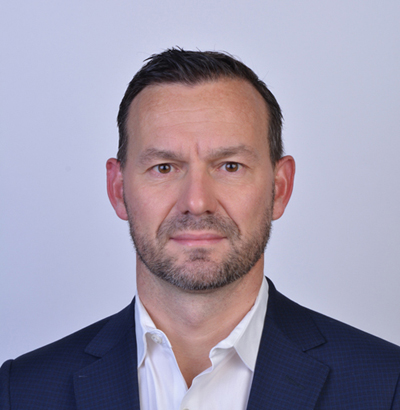As a research scientist, immunologist Huub Kreuwel, PhD never really worked with patients. He spent most of his time in an academic lab, trying to understand the basic biology of certain diseases and identifying molecules that could serve as targets for new therapies. He never got to see what happened in the later stages of drug development—that part where patients got better because of the discoveries he’d made.
When he left academia to serve as medical science liaison at Johnson and Johnson, however, he discovered a whole new experience. Now, years later, as Vice President for Scientific and Medical Affairs in the United States for Octapharma, talking to patients and providers about the plasma-based products his company produces is the best part of his job.
“When I came out of academia, I found it was very satisfying to actually talk to a patient who had tried our drug and had good results,” he says. “As an immunologist, it made sense to work on a lot of these rare diseases like primary immune deficiency and dermatomyositis. And it’s gotten more and more interesting over the years.”
Working in the medical affairs department also offers the opportunity to get involved with a wide variety of projects. Huub and his team work with regulatory agencies when the company is seeking approval for new products. They help set up clinical trials to test new therapies and answer physicians’ questions about how those therapies work. Best of all, he meets the people who benefit from Octapharma’s treatments, such as immune globulin (IG) therapies, and helps them enroll as research subjects in the company’s clinical trials.
Recently, the company completed a trial testing intravenous immune globulin (IVIG) therapy in patients with dermatomyositis (DM). While the results have not yet been made public, Huub says the trial did meet its primary endpoints, so it looks very promising that Octagam 10% will eventually become one of the few FDA-approved treatments for this disabling disease that affects the skin and muscles.
Part of what made this trial so successful was the feedback Huub and his team received from patients. In the process of developing the clinical trial, they worked with patient organizations, including The Myositis Association and Myositis Support and Understanding, to understand how patients experienced the disease so they could improve the study protocol and to help recruit participants for the trial.
“We work on a lot of orphan drugs,” Huub says. “And there aren’t that many patients sometimes, so we need everybody to help us to finish these trials. It worked quite well in the DM trial. Those were very productive relationships.”
The success Octapharma had with this phase III clinical trial with DM will also pave the way for future clinical trials for this indication. When rare diseases have few previous clinical trials, researchers often fumble to find tests that will tell them whether a particular drug is working or not. Octapharma’s trial in DM not only proved that the treatment was effective, it also showed that their measures of effectiveness worked in this patient population.
Huub is now developing protocols to test Octapharma products with other diseases. Among these are pediatric autoimmune neuropsychiatric disorders associated with streptococcal infections (PANDAS for short—a disease in which psychiatric symptoms such as obsessive-compulsive disorder appear suddenly after a strep infection) and secondary immune deficiency (SID—a problem that occurs when immune system deficiencies occur because of something other than genetics, such as HIV or chemotherapy).
As they did with the DM study, he and his team are talking to patients to get input that will improve these studies. One way they do this is by recruiting an advisory board of about a dozen patients who spend the day with company representatives sharing their experiences and suggestions. These open-ended discussions provide insights into all manner of ideas: how to better explain data, ideas for new trials, how patients need to be supported during a trial, and more.
“Those discussions are really good for the company, and usually they’re very productive,” Huub says. “Often patients have ideas for new products or practical solutions that might make our products better. And a lot of times it actually has led to either different products or different marketing material or revamping our website or providing patient education sessions.”
These days the thing that has captured Huub’s interest is COVID-19. Healthcare providers on the front lines of the pandemic are finding success in treating the virus with IG. In fact, recent events have made Octapharma a leader in exploring new therapies for COVID-19.
The company is currently supporting two investigator-initiated projects—one testing IVIG as a treatment for COVID-related respiratory failure, the other using IVIG and steroids to treat COVID-19 patients who are developing heart problems. Octapharma is also conducting their own phase III clinical trial to see if high-dose IVIG can be used to improve severe COVID-19 symptoms. Initial results from the investigator-initiated study with COVID-related respiratory failure are very promising.
“Of course COVID is horrible,” Huub says. “But it also became an opportunity for us to delve deeper into IVIG and how it can potentially work in that disease. It’s very satisfying for me personally and for my team to try and come up with other drugs that could help COVID. So overall, it’s been a very interesting ride.”
